Frances Beer’s Pilgrims in Love involves a re-visioning of the Canterbury Tales, told from the point of view of Alison, Wife of Bath, and Eglentyne, Prioress. Both undertake the pilgrimage to Canterbury because of personal crises that they face as they approach middle age. In the course of their journey they grow out of the straight-jackets that have been imposed on them by medieval misogyny, become wiser and more compassionate. They learn to love others, and most importantly, themselves.
“This novel has everything Chaucer would have loved. Like The Canterbury Tales, of which it is a richly inventive reinterpretation, it is by turns bawdy, rowdy, tender, hilarious and moving. The female narrators are captivating, their surprising relationship an exotic flower of sisterhood.”
~John Unrau, D. Phil., Oxon, Professor of English, York University and author of Looking at Architecture with Ruskin, Ruskin and St. Mark’s, and Iced Tea, a book of poems.
“In Pilgrims in Love, the author sets herself a daunting task: to re-imagine The Canterbury Tales from the points of view of Chaucer’s ‘cheerful reprobate,’ the Wife of Bath, and her ‘worthy opponent,’ the fastidious Prioress. Drawing on her deep knowledge of medieval history, Beer fills in the suggestive blanks in Chaucer’s Tales, creating a vivid and skillful narrative of medieval life, particularly the lives of women. As the pilgrimage unfolds, both women challenge the narrow choices of their day – marriage or the convent – with a sensibility that is distinctly modern and feminist, yet wholly in keeping with the spirit of the original text. The result, like of Wife of Bath herself, is ‘glorious’ and will engage any reader who has ever grappled with the battle of the sexes and (wo)man’s place in creation.”
~Jeanne Lockridge, Ph.D., Harvard University, Vice President, Erikson Institute
“Ever wonder what happened to Alison, Chaucer’s lusty, cantankerous, vibrant Wife of Bath – she with five husbands behind her and ‘welcome sixth, whan that ever he shal’? In Pilgrims in Love, Frances Beer provides a piquant answer in her lively, sometimes poignant, often hilarious account of the ensnaring of the sixth. Read it and laugh.”
~Naomi Diamond, Ph.D., University of Washington; From Every Shires Ende: The World of Chaucer’s Pilgrims, Researcher, Writer, Co-Director; Chaucer’s Canterbury Tales, CBC Series for Schools and Youth, Researcher and Writer.

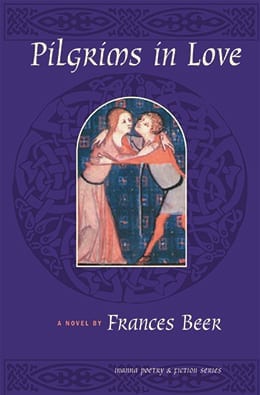

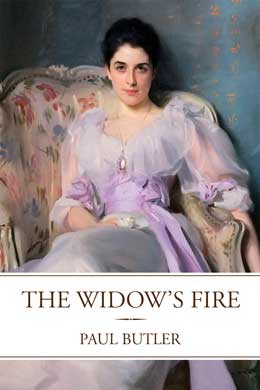
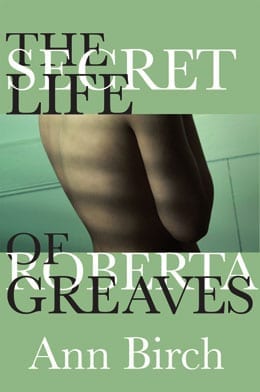
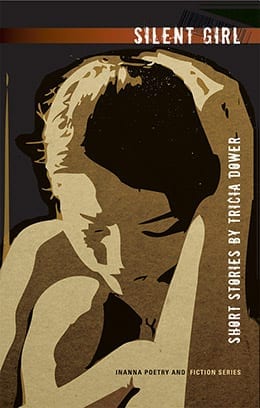
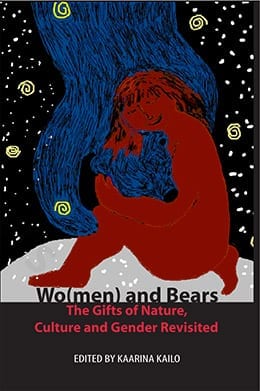


InannaWebmaster –
REVIEWED BY SHELAGH WILKINSON
“By God! if wommen hadde writen stories,
As clerkes han withinne hire oratories,
They wolde han writen of men more wikkednesse
Than al the mark of Adam may redresse.”
Chaucer has his Wife of Bath speak these lines in her prologue to her tale (ll. 693-696). Immediately we know that the author is revealing the political reality of a woman’s place in a man’s world. Chaucer gives his Alisoun a long ‹virtuoso‹prologue compared to the other pilgrims and we learn much about her life with her five husbands. When I taught a gender studies course I always used Chaucer and his Wife to introduce a fourteenth-century feminist perspective in literature. I am not a medievalist, and know none of the specifics of fourteenth-century life. For me it was enough to have a male author willing to share with us such an early, robust, feminist character. Imagine my joy when I read Frances Beer’s book and heard Alison speak of her life, and the lives of other women, in frank and honest detail, giving us ‘insider’ knowledge about gender inequities and how women circumvented them.
As Beer says in the introduction she has kept to the details that Chaucer has given in his Canterbury Tales; but, for me, what is significant is that she has allowed herself to fill in his silences. This is not an academic analysis, although the research and the scholarship are impeccable. Instead it is truly a novella told with wit and grace‹and it’s a page-turner. Again we have a virtuoso performance: an old, old story seen through a distinctly new feminist lens. Obviously women in the fourteenth century had very few choices open to them if they were to survive with any degree of comfort and independence in a patriarchal society, but here we witness not merely survival but triumph.
In selecting two women as the narrators of Pilgrims in Love “Alison, much married and Eglentyne much cloistered” Beer is able to juxtapose the two types of life-style open to medieval women, and to reveal their disparate lives: Alison living in domesticity (the servant of man), Eglentyne living in seclusion( the servant of God). These two women have had totally different life experiences, yet on their pilgrimage to Canterbury they find they share a common need. Both are keen to ‘get a man’ and of course who better to show the way than Alison‹five times a wife.
This book is a gift for those of us who teach gender/women’s studies. We need no longer wish that “wommen hadde writen stories,” as this novel provides us with the how and the why of a woman’s life-story: how Alison, as a girl of twelve, was bartered to a lecherous old man, how she quickly grew a ‘thick skin,’ and why she chose to marry again ‹and again. This much-widowed Wife of Bath takes the one option open to her as a poor woman ‹the married state. But she demonstrates that if a woman uses her wits she may quickly turn disadvantage into triumph. As the pilgrimage begins she reviews the masculine component and swiftly selects which man to bed down with. In the morning, putting on her riding spurs over her scarlet stockings, she revels in her success and tells us that “being villified for carnality by the pious was always gratifying.” Beer’s Alison, who is the catalyst for the narrative, shows us a woman who is practical and honest about her life, and especially about her sexuality; yet she is willing, and able, to understand the difficulty for Eglentyne whose convent life has been the opposite of hers. As a fourth daughter she was without hope of dowry and so was selected (by her parents) to enter a Benedictine convent.
And from Eglentyne’s narrative we learn how she has always longed to be a mother and how much she has missed the intimacy of family life. Alison perceives her needs and her lack of choice, and decides to pass on her hard-earned knowledge to this woman who has been so secluded she could never have learned how to ‘get her man.’ And obviously this is what Eglentyne wants, once she hears Richard recount his Knight’s tale. For a convent woman she begins to show very secular longings and Alison, of course, recognizes this and becomes her co-conspirator and her mentor. This book demonstrates how the personal is political, especially in fourteenth-century England, and it is never dull‹in fact it is told with such humour that one laughs out loud. Imagine a Prioress creeping back to her room after a garden tryst with a potential lover and wondering how she can ‘kick the habit’ while burning with shame at the sin she knows she is committing: “but even more I burned with longing for Richard.”
As each pilgrim tells his/her tale we get Alison’s comments‹not only on the story but more importantly about the person who is the story-teller. We have a new, feminist, analysis of the class divisions as well as the gender divide in medieval England. Alison is a shrewd and vicious commentator, vehement in her beliefs and totally without shame in denouncing the frailties and hypocrisies she observes in her travelling companions. She knows which men enjoy power and control over others; she is hilarious when she analyzes the trumped up potency of lecherous old men; but she is also tender and humane when she recounts the death of her only child and the great love she had for her scholar husband Jankyn. She is shrewd in her assessment of the Prioress, noting her early interest in the Knight: “Was it possible that our demure prioress was actually feeling the stirrings of Venus?”
And this is one of the great joys of this book: Professor Beer reveals a growing friendship and a growing respect that the Wife and the Prioress develop for each other during their short pilgrimage and it is easy to contemplate how two women, thrown together in close quarters, would indeed help and support each other. We learn far more about the lives of these two women than about the other pilgrims and this is why the book is such a gift for a gender/women’s studies course. In fact this act of re-visioning‹of fictionalizing‹a story we all know so well, is at the heart of a genre that has been central to women’s studies texts. We think of Margaret Atwood’s epic story of Susanna Moodie, of Gwendolyn MacEwen’s Trojan Women, and just recently Atwood’s re-visioning of the Penelope myth. So with Pilgrims in Love Beer ads to the re-visioning of women’s stories by giving us a new Alison‹and for me Chaucer’s Wife is newly alive. With this new story we realize many of the social and cultural constraints on women, we hear the politics of gender relations, the subordination of women to the patriarchal policies of both family and society, the barriers to education and to any choice of life-style. But the fun of the tale comes from hearing the ways in which women learn to subvert the rules, twist the politics to their own advantage, and triumph as ‘uppity women’ who can teach us a trick or two.
Shelagh Wilkinson is University Professor Emerita, founding Director of the Centre for Feminist Research, and Coordinator Women’s Studies Atkinson, 1983-2001, York University.
Published in Canadian Woman Studies/les cahiers de la femme 24 (4) (Summer/Fall 2005): 174-76.